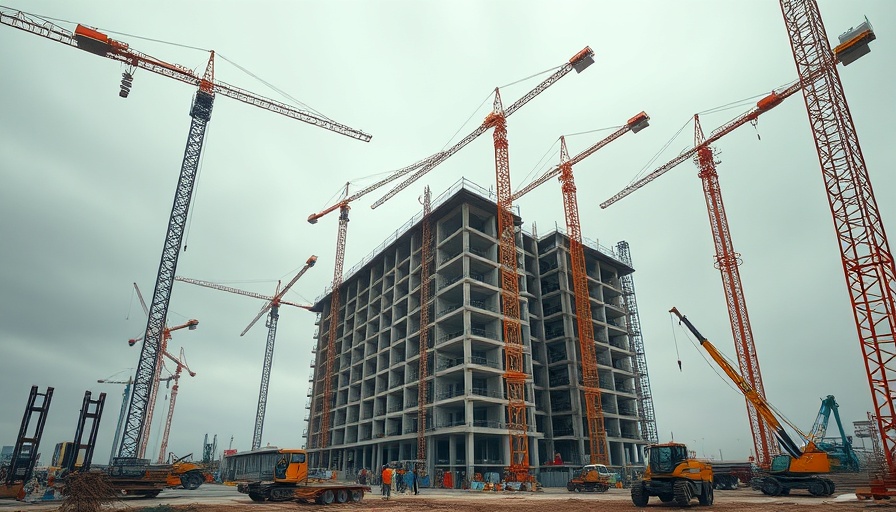
The Race for AI Infrastructure: Navigating Local Politics
The demand for AI-driven data centers is skyrocketing as technology firms deploy new infrastructure to support their rapid growth. Data centers are becoming synonymous with high-tech investment and job creation, but the political implications are becoming increasingly complex. Communities across the United States, such as those in Virginia and Louisiana, are facing critical challenges related to resource consumption and regulatory approval.
Connection Between AI Technology and Community Needs
As demand for powerful data centers increases, so does the need for land, electricity, and water. This trend presents a challenge for local communities that must balance the desire for economic growth with environmental sustainability and resource management. At CERA Week, the focus on power consumption highlighted the immense energy required to operate data centers—an amount equivalent to that of a mid-sized city. This reality is prompting local authorities and residents to question whether the benefits of attracting these tech giants truly outweigh the costs.
Current Controversies: A Balancing Act
The rush for AI infrastructure is not without its risks. Cases like Entergy's $10 billion deal to power a new Meta data center in Louisiana illustrate the tensions between technological advancement and community resistance. Even as state officials back such initiatives for their potential economic upsides, environmental groups are mobilizing against them, highlighting a growing schism in community perspectives. Understanding these conflicts is crucial for companies looking to mitigate backlash and build community trust.
Pressure on Utilities: Meeting Increased Demand
Utility companies across the country are under immense pressure to meet rising demands for electricity. From Virginia to Utah, energy providers struggle with grid reliability and equitable energy access. Utilities face the challenge of balancing their customer commitments with the sudden surge in energy requests from tech companies that often prioritize speed over regulatory processes. This situation raises questions about the long-term sustainability of energy supply amid an ever-growing thirst for technological power.
Future Insights: A Shift in Regulatory Dynamics
Looking ahead, the complexities surrounding AI infrastructure development will likely push local and state governments to adapt their regulations. As communities become more vocal about their environmental concerns, regulatory bodies may need to enforce stricter guidelines—potentially slowing the pace of data center deployments. The need for a collaborative approach to planning will be essential if both tech enterprises and communities are to thrive.
Conclusion: A Call to Community Engagement
The evolution of AI infrastructure demands not just investment from tech companies but community engagement that fosters clear communication about the benefits and challenges. For contractors and businesses involved in home services, staying informed about these dynamics can aid in making strategic decisions that reflect the needs of their local markets. Understanding the relationship between AI advancements and community impact is vital for long-term success. Let's promote collaborative discussions that bridge the gap between innovation and community welfare.
 Add Row
Add Row  Add
Add 






Write A Comment